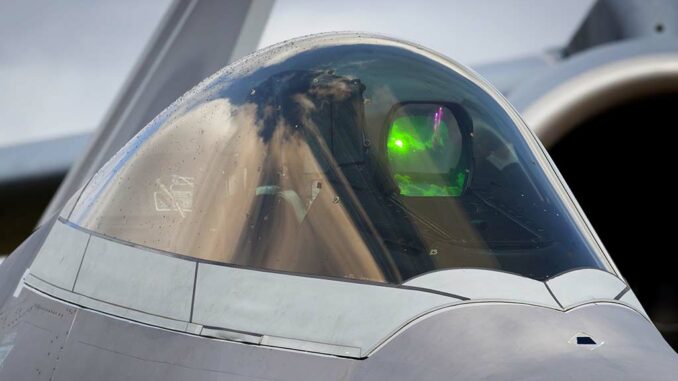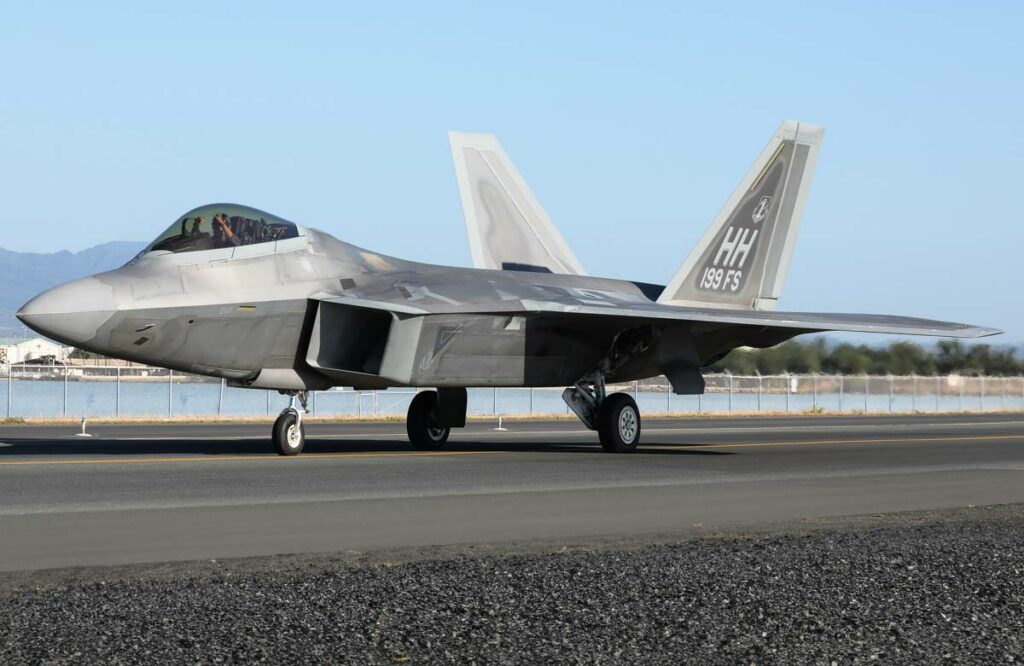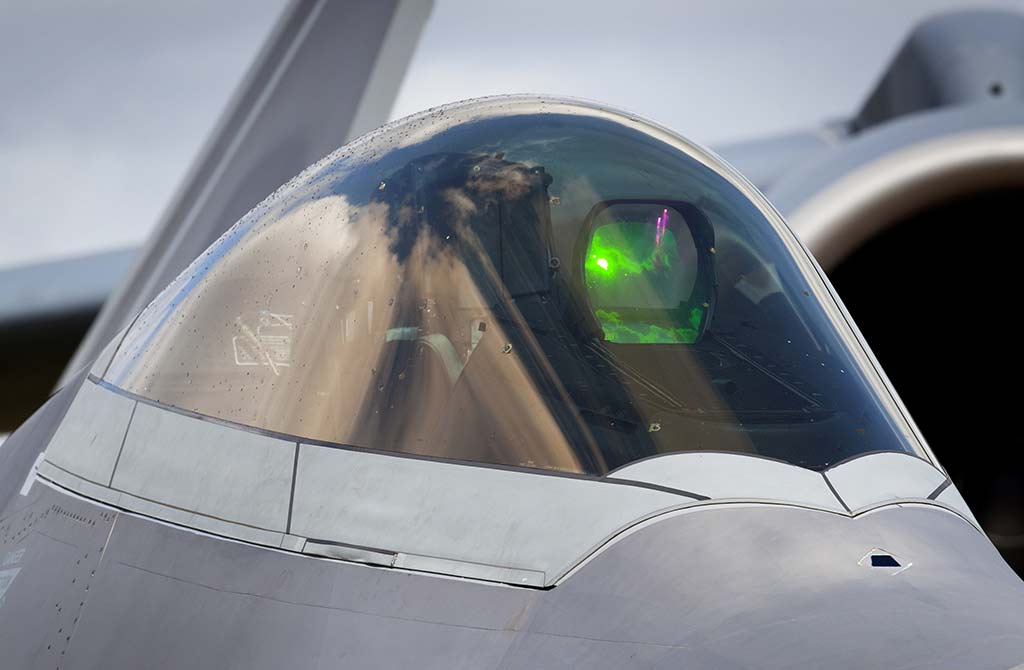
The integration of Artificial Intelligence (AI) in advanced military aircraft like the F-22 Raptor represents a significant leap in aviation and combat strategy. This technical analysis will explore how AI is embedded in the F-22 Raptor and its role in assisting fighter pilots.
Introduction to AI in Military Aviation
Military aviation has always been at the forefront of technological innovation. The introduction of AI into this domain, especially in aircraft like the F-22 Raptor, marks a pivotal shift. AI’s role in these systems is multifaceted, involving sensor fusion, decision support, and enhancing the situational awareness of the pilot.

AI and the F-22 Raptor: An Overview
The F-22 Raptor, a fifth-generation fighter aircraft, is equipped with sophisticated avionics and computer systems. The integration of AI in the F-22 is primarily focused on data processing, decision-making assistance, and enhancing the pilot’s operational capabilities.
Sensor Fusion and Data Processing
One of the critical roles of AI in the F-22 Raptor is sensor fusion. The aircraft is equipped with multiple sensors, including radar, electronic warfare systems, and communication systems. AI algorithms are used to integrate data from these disparate sources, providing a comprehensive picture of the battlefield. This fusion allows the pilot to make informed decisions quickly, a crucial advantage in high-stakes scenarios.
Decision Support Systems
AI in the F-22 also functions as a decision support system. By analyzing data in real-time, AI can suggest tactical options, potential threats, and optimal maneuvers. These systems can assess vast amounts of data faster than a human, offering recommendations that a pilot can either accept or override. This partnership between human and machine optimizes response times and tactical effectiveness.
Enhancing Situational Awareness
Situational awareness is critical in aerial combat. AI in the F-22 aids in maintaining a high level of situational awareness by constantly analyzing external data and internal systems’ status. It alerts the pilot to critical changes in the environment, potential threats, and system performance, ensuring that the pilot’s focus can remain on mission-critical tasks.

Autonomous Systems and Pilot Assistance
The F-22’s AI includes elements of autonomous operation. While the aircraft is not fully autonomous, AI systems can control certain functions, reducing the pilot’s workload. This assistance is particularly valuable in complex, dynamic combat environments where cognitive overload is a significant risk.
Training and Simulation
AI also plays a role in pilot training for the F-22. Advanced AI-driven simulators provide realistic training environments, adapting to the pilot’s skill level and learning style. These simulations help pilots prepare for various scenarios, including those too risky to replicate in actual flight.
Cybersecurity and AI
Integrating AI into a platform like the F-22 Raptor also raises cybersecurity concerns. Ensuring the security of AI systems is paramount, as they become integral to the aircraft’s operation. The military invests significantly in securing these systems against potential cyber threats, including hacking and AI-specific vulnerabilities like adversarial attacks.
Ethical Considerations
The use of AI in military applications, including in aircraft like the F-22, also brings ethical considerations to the forefront. There is an ongoing debate about the extent to which AI should be allowed to control lethal systems and the level of human oversight required.

Future Developments
The integration of AI in the F-22 Raptor is just the beginning. Future advancements are expected to further enhance AI’s role in military aviation, potentially leading to more autonomous capabilities and more sophisticated decision-support systems.
The inclusion of AI in the F-22 Raptor represents a groundbreaking development in military aviation. It enhances the capabilities of the aircraft and the pilot, providing a strategic advantage in modern warfare. As AI technology continues to evolve, its role in military applications will likely expand, continually reshaping the landscape of aerial combat.
This analysis underscores the transformative impact of AI on military aviation, exemplified by its integration into the F-22 Raptor. The balance between human skill and AI’s computational power creates a formidable tool in modern warfare, highlighting the continuous evolution of military technology.